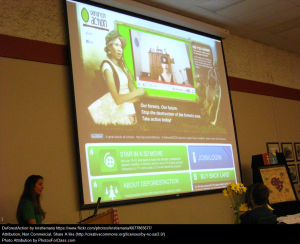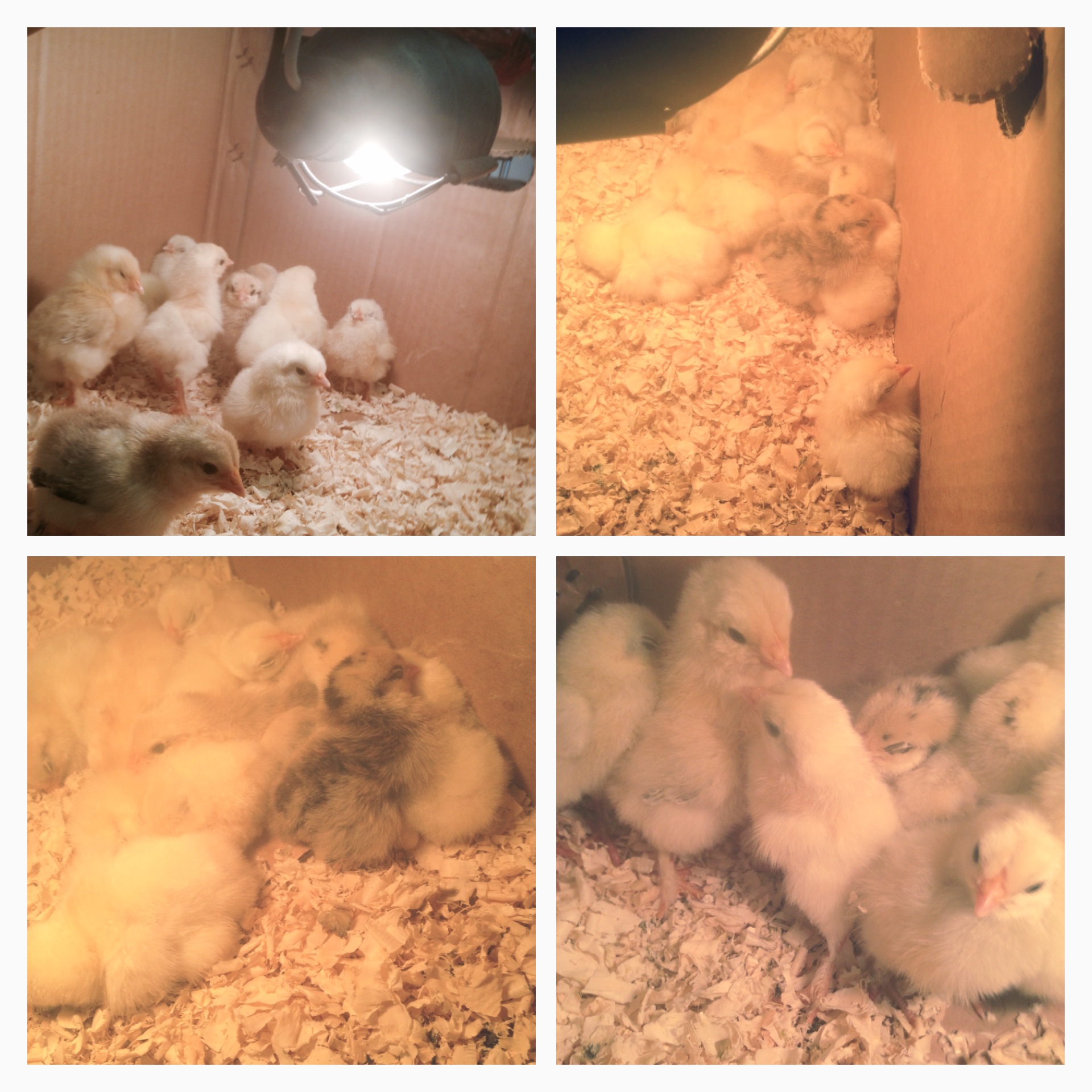
“Everyone likes birds. What wild creature is more accessible to our eyes and ears, as close to us and everyone in the world, as universal as a bird?”
-David Attenborough, The Life of Birds
This is the story of how an adult with a passion for birds and a dedicated teacher can get kids hooked on learning about the world around them, giving them the chance to follow their natural curiosity in and outside of the classroom.
Over the last three years, Maureen Caissy, a teacher at Cedar Street School in the town of Beloeil (Riverside School Board) partnered with Sheldon Harvey, a member of Bird Protection Quebec (BPQ), capturing the imagination and engagement of her split grade 4 and 5 students through the simple pleasure of bird watching, linking habitat conservation, biology and art with the joy of getting outside and exploring.
It all started when Brian Peddar, the Community Development Agent for the Richelieu Valley Community Learning Centre connected the school with Sheldon Harvey, a local member of Bird Protection Quebec, a provincial charity dedicated to bird conservation and education. Sheldon is a passionate bird watcher and a natural storyteller; he is one of those people whose passion is contagious. When Maureen’s students listened to Sheldon talk about the many birds that lived in their community and how they could identify them, the students were hooked.
Maureen knew that observing birds in their natural environment would be a natural next step and an essential part of keeping the students engaged. So after applying for, and receiving, a small grant from BPQ, the class bought and installed a well-constructed bird feeder outside their window and started watching visiting birds with the help of binoculars and a digital camera to quickly snap a photo, allowing the class to zoom in and study the bird once it had flown away.
Once the initial spark of curiosity was there, the students continued learning about birds using educational resources developed by the Cornell Lab of Ornithology. Cornell has a great app called Merlin Bird ID that helps identify birds. The app asks questions and narrows down the possibilities to a few choices based upon the season and location of the bird sighting.
“I’d be teaching and then all of a sudden a kid would yell out ‘Bird!’ and all the kids would flock to the window”. Maureen, being one of those teachers who could recognize a learning opportunity, was not thrown off by the brief rush of excitement and enthusiasm of a bird visitor to the class feeder.
From there Maureen set up learning stations which allowed students to learn more about bird identification, peruse books about bird species, how to use binoculars, how to use a camera and how to identify birds using the Merlin app. Students also worked with bird journals which they used to collect data and record the birds that they were observing.
Maureen also engaged parents and families by sending home a list of local birds, including rare birds that could be found in the region. Students were provided with bird journals which they were able to take home. She wanted to keep the observation of birds “old school”, consciously keeping the students off smartphones while they were outside. She showed them how to use the journal to record the location of the sighting, the exact time of day, the habitat, size of the bird and what the bird was doing.
Over time, most kids used binoculars at home and had bird feeders installed in their backyards. Using the journal wasn’t seen as a homework assignment, but something fun they could do. “They all started to draw these amazing pictures and keeping track of the birds they were seeing. They were so naturally curious, they started learning all the bird names on their own”.
“We did a backyard bird count, [an activity promoted by BPQ], and when we went around the school we saw about 20 different types of birds. The kids knew all their names and this all just happened because they were genuinely curious and interested, it was really fun”.
Another highlight was the field trips to a local park. Sheldon brought one or two guides with him, and clear expectations were given to the students about bird watching etiquette, like “you can’t be loud or you will scare the birds away.”
Brian Peddar who helped tie the partnership together explained that he saw students “out in the environment in nature, looking through scopes, being little scientists”. He also added that many parents join students on field trips, which “is kind of special and inspires bird feeders [at home]”!
According to Maureen, during the bird watching trip, Sheldon was able to keep the students attention, they were really curious as he talked about the birds that could be found around the park. “Some kids were furiously writing down notes!”
During the field trip, students saw flocks of birds landing in water. They also got the chance to use a powerful spotting scope and learned how to position it.
Maureen points out that since the birds are always there, it is a great topic to focus on throughout the school year, providing numerous opportunities to engage students while addressing multiple curricular goals. Listen to Maureen talk about what she did with her students and how it connected to the curriculum.
Audio Player| Curriculum links | |
| Build a parabolic dish | To explore the world of science and technology
Experiments with sound, listening to birds (science experiments) |
| Study of bird beaks | simple machines |
| Learning about habitats | research projects, theme of animals and classification system. |
| Bird counts and other citizen science projects | observing something in nature, collecting data. |
| where the birds are coming from and aware of the long distance birds are coming from | –
Geography – migration, – maps and scaling…it’s endless! |
About Bird Protection Quebec (BPQ)
Bird Protection Quebec (BPQ) was founded in 1917 and is one of the oldest bird conservation oriented charities in Canada. Part of their mission is to educate the public about bird and habitat conservation. As a way to fulfill their mission, they offer modest grants to help schools and community organizations get involved and participate in bird watching.
Here at LEARN, we are thankful that BPQ and people like Sheldon are available to work with teachers to help expose young people to real-world learning opportunities that can’t be found in a text book.
In fact, the whole family can join in on the fun by attending one of BPQ’s free weekly birding field trips, hosted in and around the Montreal area.
To learn more about BPQ and it’s services, visit their website.
This bird has flown
So, that’s it! I wanted to share this story of how a teacher and a community partner got their students really jazzed up about learning through real-world experiences.
I’m telling you this, because I’m inspired by the image of young people across the province really getting engaged in bird watching. As a teacher interested in the environment, bird watching is a natural and positive entry point to begin observing nature, experiencing the intrinsic importance of habitat preservation and observing biodiversity.
How can I learn more?
Join us for a ZOOM webinar on Wednesday, March 13th from 3:45-4:45 pm. Cedar Street teachers, Maureen and Nadine, along with Sheldon will share more stories and there will be time for questions. Click here to register.
If you would like to hear more about great projects that engage students in their local community, I invite you to join our new LEARN Community Service Learning group. It is a space to learn, share and be inspired by engaging projects that see students addressing authentic community needs.





 ects of deforestation. Classrooms will then undertake their environmental campaigns and have the opportunity to partner with another classroom to share ideas, brainstorm, and compare local ecosystems as they develop their deforestaction projects.
ects of deforestation. Classrooms will then undertake their environmental campaigns and have the opportunity to partner with another classroom to share ideas, brainstorm, and compare local ecosystems as they develop their deforestaction projects.





